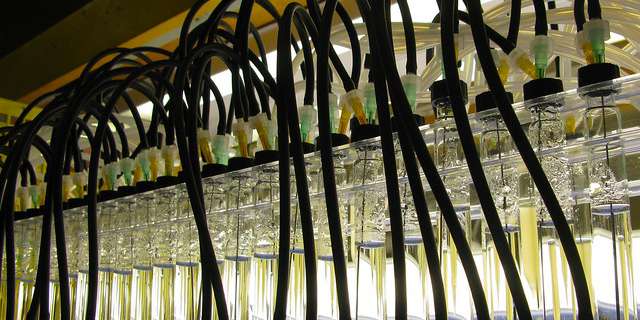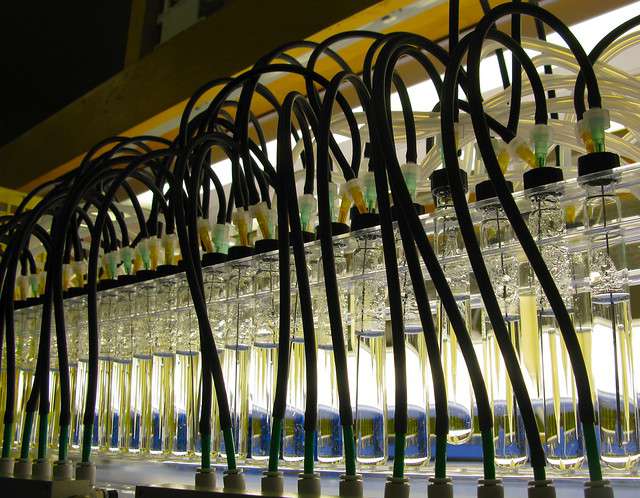
Earth is made up of nearly 71% water, so it is no wonder that scientists have spent a considerable amount of time analyzing this important resource. The analysis of our water system often requires the use of color density measurement to determine exactly what particles make up water supplies. From the massive percentage of water in our oceans, to the more limited fresh water resources we have, color density measurements can be used to effectively analyze the safety and sustainability of the most abundant part of our ecosystem.
Water is one of the most important resources we have here on Earth. Scientists rely on effective research and analysis to provide important data needed for sustainability of our waterways. Image Source: Flickr user Moyan Brenn
Using spectrophotometry for the analysis of biomolecules
The secret to maintaining healthy waterways depends on more than just clean water. Natural water systems are made up of millions of micro-particles that create either stable or unstable conditions. Maintaining healthy conditions depends largely on algae content levels. Algae can tell us a lot about water quality and is often used to alert environmental chemist to potential hazards that may threaten our water systems. In waste water, analysis of algae is often used to indicate the chemical compounds that are present and measure toxicity levels. The color density of the water sample indicates the amounts of algae present, which are directly influenced by the other chemical compounds present in the sample.
Measuring algae in water samples requires the use of color density measurement and analysis to determine chlorophyll content levels. These measurements originally required the use of microscopic technology and the tedious process of counting out the tiny biomolecule particles in order to quantify the saturation of chlorophyll in water samples.

There are numerous methods for analyzing algae content in water samples, but spectrophotometric determination of chlorophyll through light absorption reading and color density measures provided the most effect method of analysis. Image Source: Flickr user Steve Jurvetson

